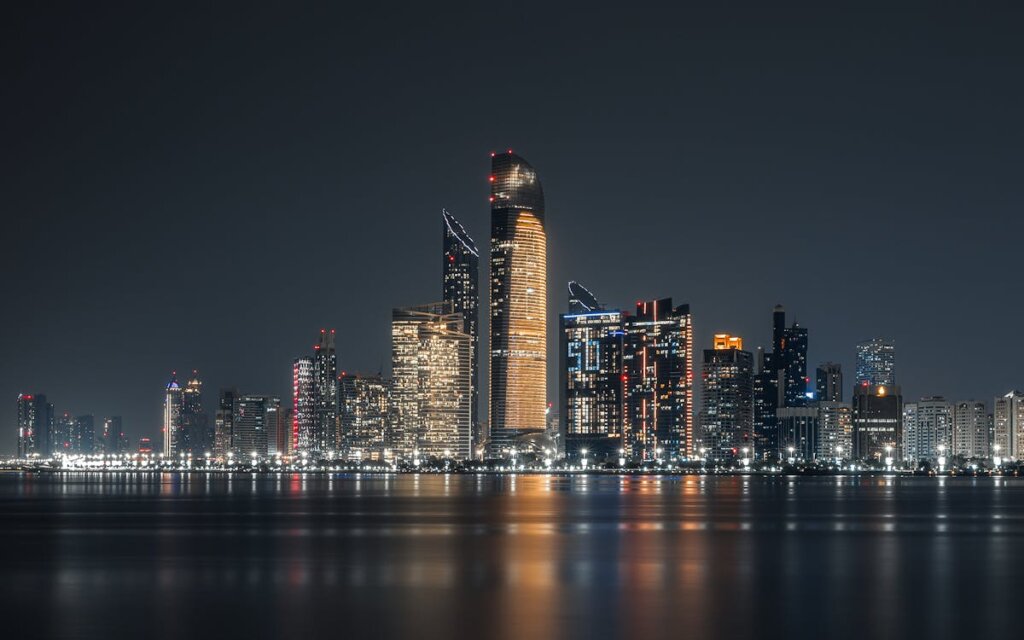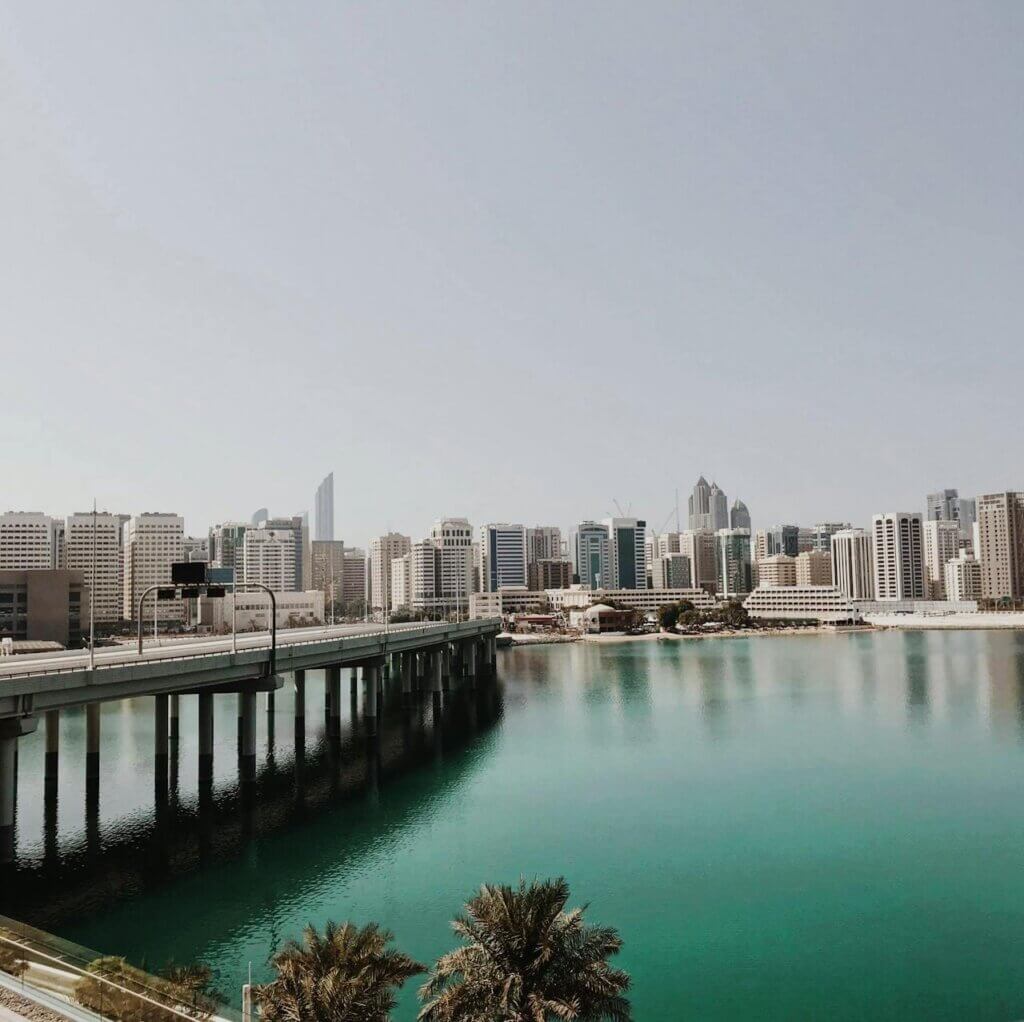
Salik, which means “open” or “clear,” is Dubai’s automatic toll system. It’s designed to keep the flow of traffic moving across the city’s busiest roads. The Roads and Transport Authority (RTA) introduced the system in 2007 and, unlike in other countries, runs it without relying on toll booths.
Whether you’re a resident or a visitor driving in the city, understanding how Salik in Dubai works can help you navigate the city efficiently while avoiding unexpected fines.
This guide will cover the mechanism of Salik, the locations of the toll system, and whether you can drive around and avoid paying toll fees.
How Does Salik Work?
Salik is a tag attached to the windscreen of a vehicle; either your own car or the car rental in Dubai with driver service you’ve hired. You can drive through toll gates without being stopped because the system automatically deducts the required fee from your Salik account. The tag is removable, so you can take it off if you resell your vehicle.
The automatic toll system uses Radio Frequency Identification (RFID) technology. Once a vehicle passes through any of the toll gates across Dubai, the sensor recognizes and scans the tag on the vehicle. The toll fee is deducted, even when the vehicle is speeding through. The technology allows an efficient deduction, withdrawing an accurate amount every time,
The minimum cost for toll rates is AED 4. Although that amount does not seem much, driving every day to work from long distances could mean over AED 100 in toll fees every month. Anyone looking to save money is bound to ask “when is Salik free in Dubai?”.
Fortunately, there are Salik free days in Dubai. To help you manage expenses for toll fees, we must first list the locations of the toll system.
Salik Locations in Dubai
Salik gates are strategically located to ensure smooth journeys for everyone and ease congestion on the city’s busiest roads.
Here is a current list of Salik locations in Dubai.
Al Barsha
Located on Sheik Zayed Road, the Al Barsha Salik Gate, is a major thoroughfare. The toll gate ensures a smooth movement of traffic for drivers and visitors.
Al Mamzar South and North
Both toll gates are on Al Ittihad Road, which is a major road that forms part of the Sheik Zayed Road. It connects Dubai to Sharjah and Ajman. The efficiency of the Al Mamzar South and North Salik gates regulate heavy traffic among the emirates.
Al Safa South and North
Both the south and north Al Safa Salik Gate are located on the Sheik Zayed Road. Their strategic placement at Business Bay and Downtown Dubai manages the high volume of traffic at certain times.
Al Garhoud Bridge
One of four road bridges over Dubai Creek, the Al Garhoud Bridge connects Sharjah and Deira with Bur Dubai. The toll gate starts at the eastern end of the bridge, alleviating traffic between Sharjah and Dubai.
Business Bay Crossing
The Business Bay Crossing Salik Gate is located on Al Khail Road. The toll gate’s placement aims to divert traffic from Jebel Ali toward Sheikh Mohammed bin Zayed Road and Emirates Road. It is thought to reduce congestion at an estimated 2,053 per hour on Al Khail Road.
Al Maktoum Bridge
This Salik gate is located on Dubai’s first permanent bridge. It connects Deira and Bur Dubai across the creek.
Airport Tunnel
When you’ve hired a Dubai airport chauffeur service, you’ll be passing through the widest and longest tunnels in the region: the Nad Al Hammal Tunnel or Airport Tunnel. The tunnel connects Al Khawaneej in the south to Al Qusais in the north, and the Salik gate is located on Beirut Street.
Jebel Ali
Located on Sheik Zayed Road, the Jebel Ali Salik Gate ensures the smooth flow of traffic on one of the busiest roads in Dubai.
When Is Salik Free in Dubai?
Toll rates across Dubai vary according to the hours. The Salik Traffic Toll System has classified these hours as Peak, Low Peak, and Off-Peak. These hours are further identified as normal timings and Ramadan timings.
When does Salik free time occur?
Off-peak hours are Salik free times. Those hours are typically 1 a.m. to 6 a.m. Low-peak hours, which usually start at 10 am, are cheaper Salik times, so you pay only AED 4 for the toll. Peak hours begin at 6 a.m., and the toll costs AED 6.
Is Salik free on Sunday in Dubai? No, it’s not.
The Salik Traffic Toll System still charges a flat rate of AED 4 for peak and low-peak hours on Sundays. It excludes late night hours, which are between 2 a.m. to 7 a.m. During the Ramadan month, however, pricing schedules are adjusted. During Ramadan’s late night hours, Salik is free.
The government recently introduced an exemption program. It provides a Salik fee permit exemption to people with:
- Visual disabilities
- Mental disabilities
- Physical disabilities
- Autism
Under this program, relatives (e.g., spouse, parents, grandparents, sisters or brothers, and grandchildren) can apply on behalf of the qualified individual.
The Salik fee exemption is valid for a year and may be renewed upon its expiration.
Managing Your Salik Account
You can get a new Salik tag at petrol stations for AED 100, which already comes with AED 50 prepaid toll credit. If you buy online, the tag costs AED 120 (the AED 20 covers delivery). Unless you bought the Salik tag online, which is already activated, you’ll have to activate the tag on the RTA website.
If you’re a new Salik customer, you’ll also need to register.
To check your Salik account balance, go on the RTA website or use the RTA app using your registration details. You can also call RTA’s customer service hotline at 800-72545.
It’s important to make sure you have enough balance on your Salik account because if you don’t reload in five days, you will be fined AED 50.
You can top up your Salik account through the following ways:
- Bank transfer (which you can automate)
- Cash Deposit Machines for Emirates NBD and DIB
- Credit card
- Kiosk machines
- Salik Dubai recharge card
Tips to Save Money on Salik
Other than choosing to go through the Salik gates at certain times, you can also plan a route that will help you avoid the toll fees.
Here’s how to avoid Salik in Dubai.
- Take alternative routes when possible. You can set your GPS or navigation app to take toll-free routes. Some of the Salik-free roads are:
- Sheikh Mohamed Bin Zayed Road
- Jumeirah Beach Road
- Internal city roads
- Adjust your schedule if it’s doable, so you can benefit from the Salik-free hours.
- Arrange a carpool with coworkers or friends, and you can split the Salik costs.
When choosing an alternative route, consider the trade-off between fuel costs and avoiding Salik fees. If you drive a truck or a larger vehicle, opting for a longer, Salik-free route may not be cost-effective in the long run. The additional fuel consumption could end up costing more than the toll itself, making it worthwhile to assess which option truly saves you money.
Hassle-Free Driving Experience
Understanding Salik in Dubai can help you navigate the city efficiently while keeping your travel costs in check. By knowing the toll gate locations and the best times to drive, you can plan your routes strategically.
Whether you’re looking to save money or simply ensure a smooth drive, Salik-free hours and alternative roads offer flexibility. Keeping your Salik account topped up can help you avoid unnecessary fines.
Make the most of Dubai’s road network while managing your toll expenses effectively by planning your travel times.




